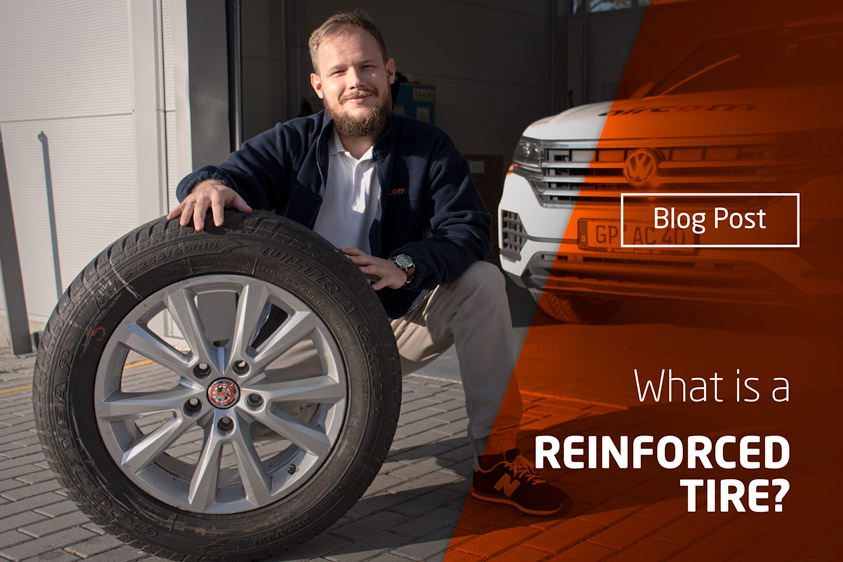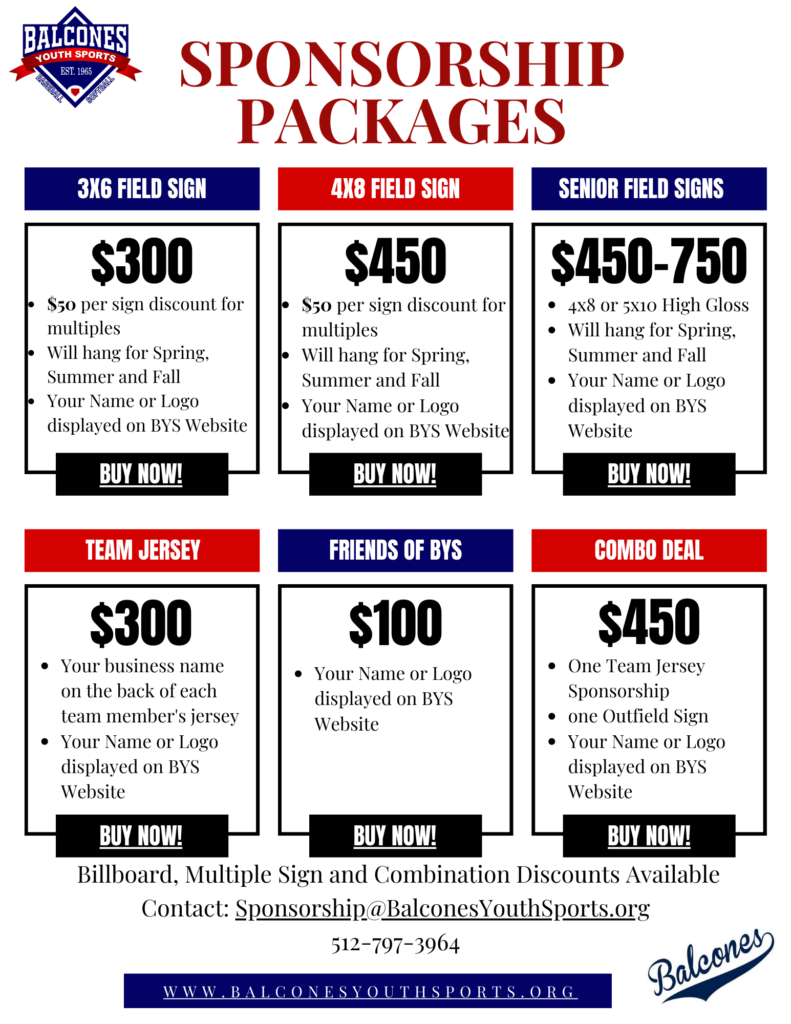XL tires on a sports car are an increasingly popular choice for drivers looking to customize their rides. XL tires offer superior performance and handling in any condition. They provide greater traction, better cornering, improved acceleration, and increased stability. With an XL tire, drivers can experience a smoother ride and have more confidence in their car’s ability to handle extreme road conditions. They are also a great choice for those who want to customize their car with larger tires and a more aggressive look.
Benefits of XL Tires
XL tires are a popular choice for sports cars, as they offer a number of benefits that can help enhance the performance of the vehicle. XL tires provide excellent grip and traction, which is crucial for high-performance driving. The larger contact patch also helps to improve cornering and braking performance. The larger diameter of XL tires also provides more stability at higher speeds. Additionally, they can be outfitted with performance-oriented tread patterns for improved grip and handling in wet conditions. Furthermore, the extra width of these tires also helps to improve the aesthetic of the car, giving it a more aggressive and sporty look. All of these benefits make XL tires an ideal choice for sports cars, allowing drivers to get the most out of their vehicle.
Types of XL Tires
XL tires are a great choice for sports cars. They provide improved traction, handling, and cornering performance, without sacrificing ride comfort. But with so many types of XL tires to choose from, it can be tough to decide which ones are best for your sports car.
When selecting XL tires for your sports car, it’s important to consider the type of driving you plan to do. If you’re looking for maximum grip on the track, then you’ll want to opt for a tire designed for high-performance driving. These tires typically feature a stiffer sidewall and shallower tread depth, which helps to reduce rolling resistance and improve cornering grip.
On the other hand, if you’re looking for a tire that can handle everyday driving and occasional track days, then an all-season tire may be the best choice. These tires offer a good balance of traction, comfort, and durability, making them well-suited for both street and track use.
Finally, for those who want the best of both worlds, there are ultra-high-performance tires. These tires are designed to provide excellent grip and handling on the track, while also offering good comfort and fuel efficiency on the street.
No matter which type of XL tires you choose for your sports car, you can rest assured knowing you’ll be getting improved performance and a better driving experience. So, take the time to do your research and find the perfect set of tires for your vehicle.
How to Choose XL Tires
for Your Sports Car
When it comes to your sports car, the right tires can make a huge difference in performance. With that in mind, choosing the right XL tires is an important step for any driver. XL tires are designed to provide extra grip, stability, and control on the road. They are larger than regular tires, offering increased contact with the road surface which can help improve handling and stability, particularly at higher speeds.
Before choosing XL tires for your sports car, it is important to consider your driving style and the type of conditions you are likely to encounter. XL tires are better suited to extreme weather or high speed driving, but may not be ideal for everyday use. Additionally, they can come with a higher price tag, so consider your budget carefully.
It is also important to consider the type of terrain you will be driving on. XL tires are designed to provide superior grip on wet surfaces, but may not be suitable for off-road conditions. Similarly, they may not be suitable for track racing due to their heavier weight.
Finally, it is essential to choose the right size of XL tire for your sports car. Make sure to check the manufacturer’s specifications to ensure the tires fit correctly. This will help to ensure you get the most out of your tires and your car. With the right tires, you will be able to enjoy a safer and more enjoyable driving experience with your sports car.

Advantages of XL Tires on a Sports Car
XL tires are the perfect choice for those looking to upgrade the performance of their sports car. XL tires are designed to provide superior grip, better traction, and improved handling. These tires are especially beneficial for those who drive fast and push their vehicles to the limits. They are also beneficial for those who take their car off-road, as the added grip and traction can help you navigate treacherous terrain. Additionally, XL tires can enhance the look of your vehicle, giving it a sporty and aggressive appearance. They are also great for racing enthusiasts, providing improved cornering and a smoother ride overall. XL tires offer all of the advantages of a higher-end tire without the hefty price tag.
Disadvantages of XL Tires on a Sports Car
XL tires are a popular choice for sports cars, as they can offer improved performance and better handling. However, there are some disadvantages to consider when using these tires. XL tires can be heavier than standard tires, resulting in increased rotational inertia, which can reduce acceleration and handling. Additionally, the increased rolling resistance of XL tires can lead to a decrease in fuel economy. Furthermore, the extra weight of XL tires can cause increased wear and tear on suspension components, leading to more frequent maintenance and repair costs. Finally, XL tires tend to be more expensive than standard tires, making them a less economical choice. Although XL tires can provide improved performance, there are some key disadvantages to consider before making this type of upgrade.
Maintenance of XL Tires
Maintaining XL tires on a sports car is essential for ensuring maximum performance and safety. XL tires are wider than standard tires and offer better grip, increased speed, and improved handling. But with these benefits come a few drawbacks. The increased size of the tires can make them more prone to wear and tear. It is important to take proper care of XL tires to ensure their durability and performance.
Regular tire rotation is essential for maintaining XL tires. By rotating the tires regularly, the tire treads will wear evenly, extending the life of the tires. Additionally, XL tires should be properly inflated. Over-inflated tires can cause increased friction and wear, while under-inflated tires can increase the risk of a blowout. It is also important to regularly check the tire treads for any signs of wear or damage. If any damage is found, it should be addressed immediately.
Finally, XL tires should be regularly inspected for debris and contaminants. Keeping the tires clean will help to reduce wear and tear and will ensure that the tires are in optimal condition. By taking the proper measures to maintain XL tires, drivers can ensure maximum performance and safety on the road.
FAQs About the Xl Tires On A Sports Car
Q1: What are the benefits of installing XL tires on a sports car?
A1: XL tires can provide increased grip and improved handling for a sports car. This can result in better overall performance on the road, as well as improved cornering and braking.
Q2: Are XL tires suitable for all types of sports cars?
A2: XL tires are most suitable for cars with large engines and those that use a lot of power. It is important to consult a qualified mechanic to ensure that the XL tires are suitable for your specific vehicle.
Q3: How long do XL tires last?
A3: The lifespan of an XL tire will depend on the type of driving it is used for and the care taken when maintaining the tires. Generally, XL tires can last up to 50,000 miles before needing to be replaced.
Conclusion
In conclusion, XL tires on a sports car can offer improved stability, better cornering and increased grip, which can help to improve the overall performance of the car. However, these tires can also increase the weight of the car, reduce the responsiveness of the steering, and increase the rolling resistance. Ultimately, it is up to the driver to decide if the advantages of XL tires outweigh the disadvantages.



